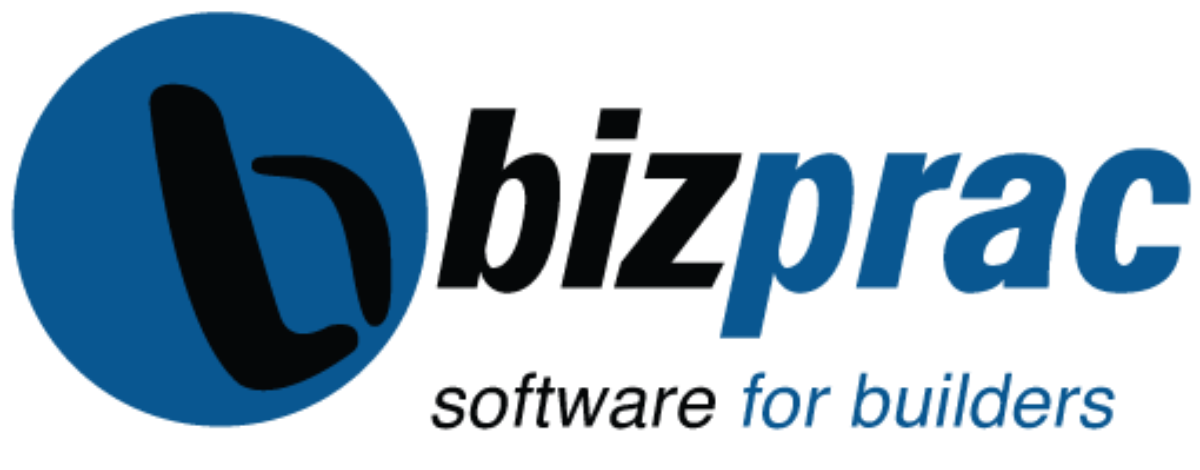Managing debt is one of the most challenging tasks in a construction business. With the overgrowing backlogs, ever-slowing collections, and increasingly stringent retainage requirements, many Australian builders and construction business owners these days are struggling in a neck-deep debt, forcing some to file for bankruptcy for the past recent years.
In fact, the construction industry ranked 2nd for insolvencies, according to March 2018 insolvency report from ASIC, and represents 20.67% of Australian business insolvencies.
Aside from poor financial management, another reason many experts point out for this alarming trend is that many contractors are purchasing materials in bulk due to continued price increases, and financing additional onsite equipment to close their backlogs.
All of these factors have resulted in many contractors relying heavily on debt to provide the necessary liquidity to run their business. To avoid being caught in a debt trap, you need to employ some debt management strategies which should help keep your business afloat in today’s challenging construction software industry:

1. Balance Fixed Rate and Floating Interest Rate Debt
Many contractors usually choose between fixed and floating interest rate for their debt portfolio.
For the novices, A fixed interest rate debt is a loan where the interest rate doesn’t fluctuate during the fixed rate period of the loan. This allows the borrower to predict their future payments accurately.
Instead of deciding on fixed vs. floating on a particular loan, you must look at your entire debt portfolio and strike a balance between risk and opportunity cost. Here are some things to consider when balancing a fixed-floating interest rate debt mix:
- Business Profile – The business’s unique performance through the business cycle.
- Capital Structure – The mix of debt versus equity on an entity’s balance sheet as well as a company’s ability to match assets and liabilities to take advantage of natural offsets.
- Credit Ratios and Covenant Restrictions – Specific loan terms that measure a company’s ability to pay its debts and restrict the amount of debt it can take on relative to income.
- Rates and Volatility – Economic trends, the shape of the yield curve, the expected future path of interest rates and the degree of volatility that’s expected in-between.
- Peer Comparison – How will your company, its debt levels, and place on the fixed-floating continuum, be viewed by equity investors when compared to competitors?
Striking the right balance of fixed and floating rate debt will provide you with some protection in both a rising and lowering interest rate environment.
2. Establish Good Working Relationship With Your Creditor
Having a good working relationship with your creditor will increase your chances of coming to a debt agreement with them. An informal debt agreement may allow you to freeze accrued interest on your debt, saving you from the stress of receiving tons of letters, emails, and calls from your creditor.
It also does less damage to your construction company’s credit rating than bankruptcy would. It also makes payments simpler. Depending on the agreement, you may be able to pay the one-time sum to the creditor rather than making multiple repayments.
Such an agreement may require the extensive expertise of a debt agreement administrator, so consider consulting one so that you can negotiate and prepare for the arrangement appropriately.
3.Swap Debt for Equity
One last strategy that you should consider to manage your debt is a debt-for-equity exchange. This strategy works by replacing the debt of the company with a percentage of ownership in the business. Most companies that use this are those that are unable to repay their creditors.
Although it can save your construction business from bankruptcy, such swap will likely mean a drastic change in your construction business operations and may even require you to surrender the business leadership to your creditors. The advantage of this approach, on the other hand, is the potential for future growth since this strategy frees up money that you would have previously spent on debt repayment.
4. Manage Debt Using a Construction Management Software
Thanks to advancements in technology, companies no longer have to deal with tons of physical documents to keep track of their debt records. By investing in industry-specific software such as Bizprac, you will be able to keep a real-time view of your company’s resources and pay your debtors without any delays or hassle.
Using Bizprac, you can create electronic invoices and then email them directly from the program. You also have access to a large number of editable reports which can we exported to either PDF, Microsoft Word or Excel as you need.
What’s more is that you can pay multiple debtors all at once using ABA files, so you can save a large amount of time and focus on other aspects of your construction business operations.
To learn more about Bizprac and our construction management software, visit our website today at staging.bizprac.com or call/email us at 1800 009 970 and sales@bizprac.com.





